NIALL ELECTED AS A ROYAL ACADEMICIAN IN THE CATEGORY OF ARCHITECTURE
JUNE 2019
The Royal Academy of Arts has elected Níall as a Royal Academician in the category of Architecture following a recent General Assembly. John Akomfrah was also elected as a Royal Academician in the category of Painting and in addition, international artists Kara Walker and Carmen Herrera have been elected as Honorary Royal Academicians.
The Royal Academy of Arts is governed by 80 Royal Academicians who are all practising artists or architects. On reaching the age of 75 they become Senior Academicians thus initiating vacancies for new Members. Elections are held at regular meetings of the General Assembly, when new Members are voted in by existing RAs.
The Royal Academy of Arts was founded by King George III in 1768. It has a unique position in being an inde-pendent, privately funded institution led by eminent artists and architects whose purpose is to be a clear, strong voice for art and artists. Its public programme promotes the creation, enjoyment and appreciation of the visual arts through exhibitions, education and debate.
A SITE FOR SAURIIS
JANUARY 2017
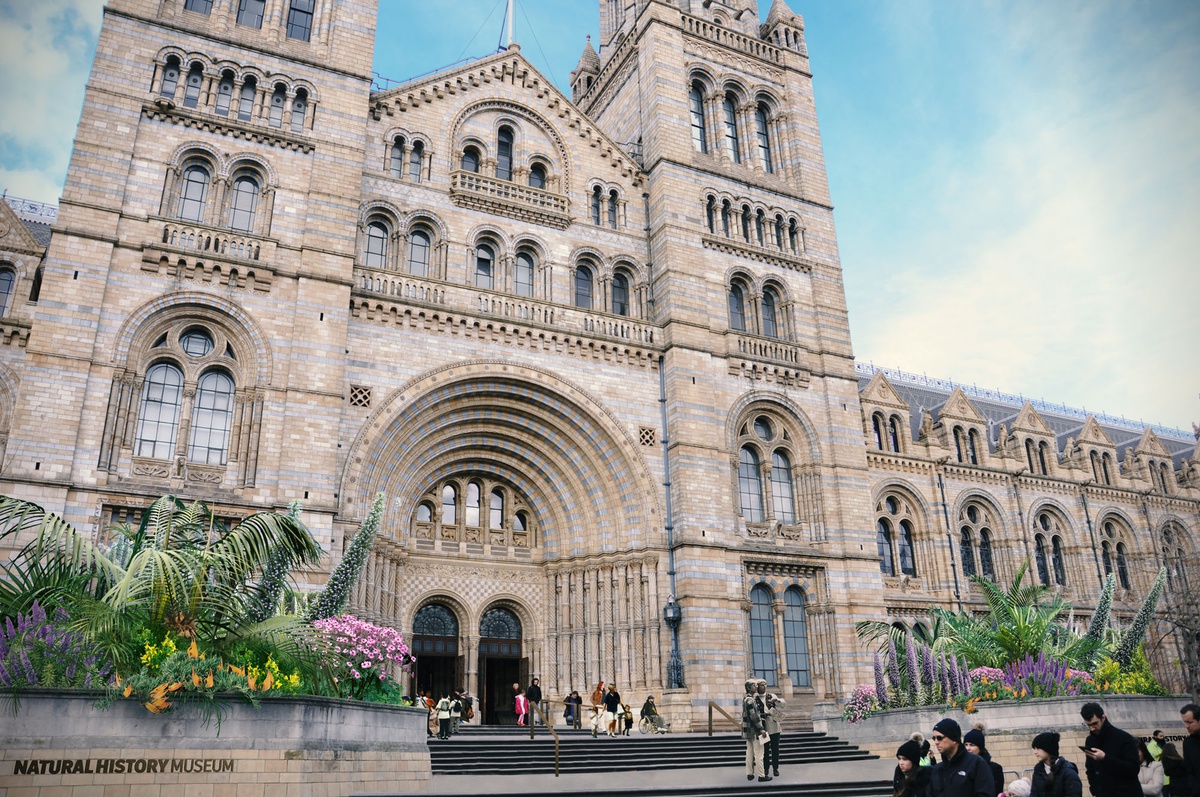
Our proposal to redevelop the grounds of the Natural History Museum is due to start on site this month. The work to the main entrance – the first of three phases – will introduce level access to this area for the first time while also restoring the Grade-I listed fabric to its former glory.
The works include changing levels, repaving the forecourt, restoring railings, installing planting, and repairing or reinstating original terracotta details across the site.
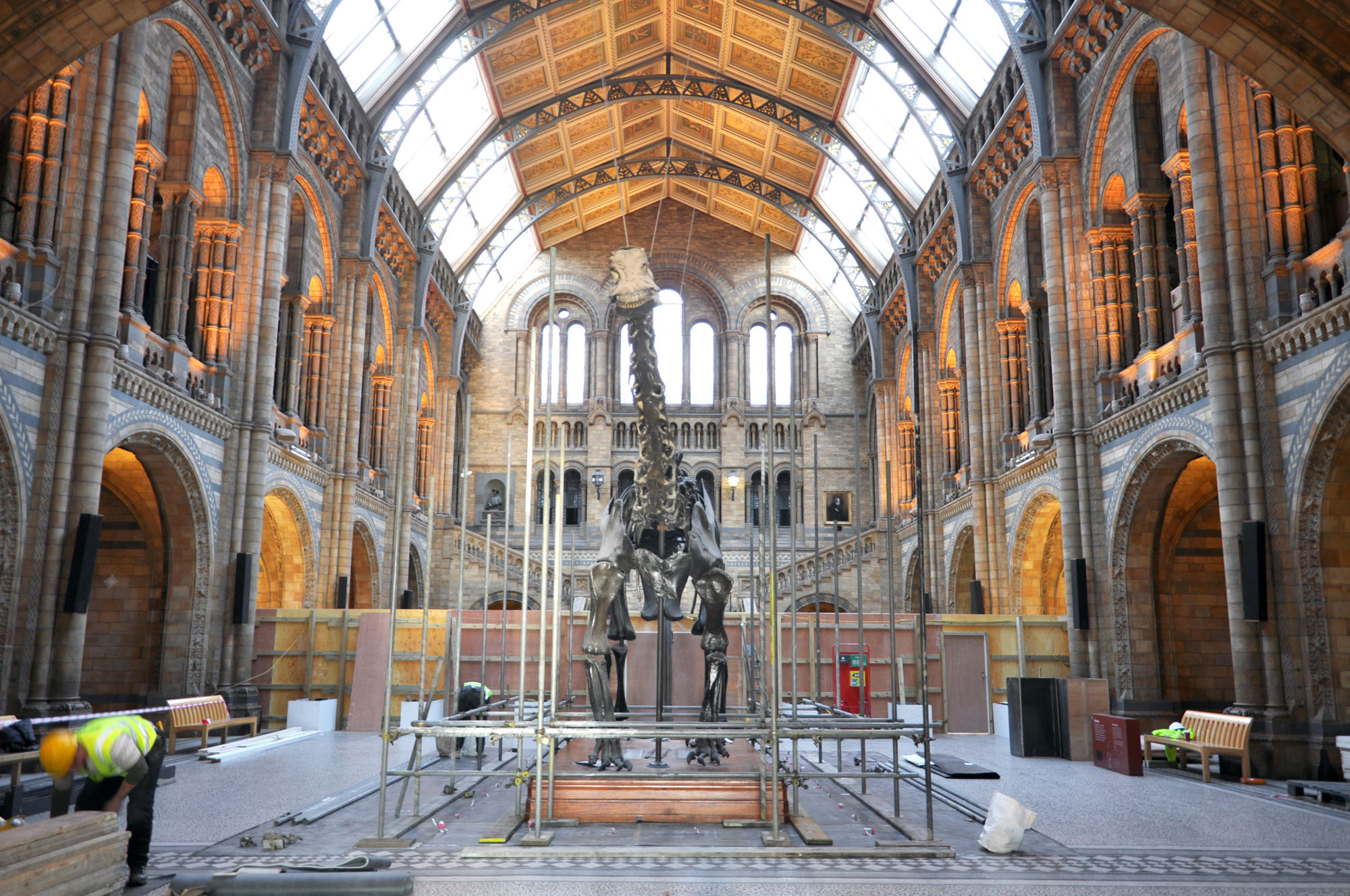
Ahead of this, the main entrance and central hall of the Museum are now closed while both teams gear up for construction – including some unusual enabling works. As part of these works Dippy the diplodocus has now been dismantled ahead of going on tour around the country; to be eventually recast in bronze for the next phase of our project.

The railings have now been removed for off-site restoration and re-painting:
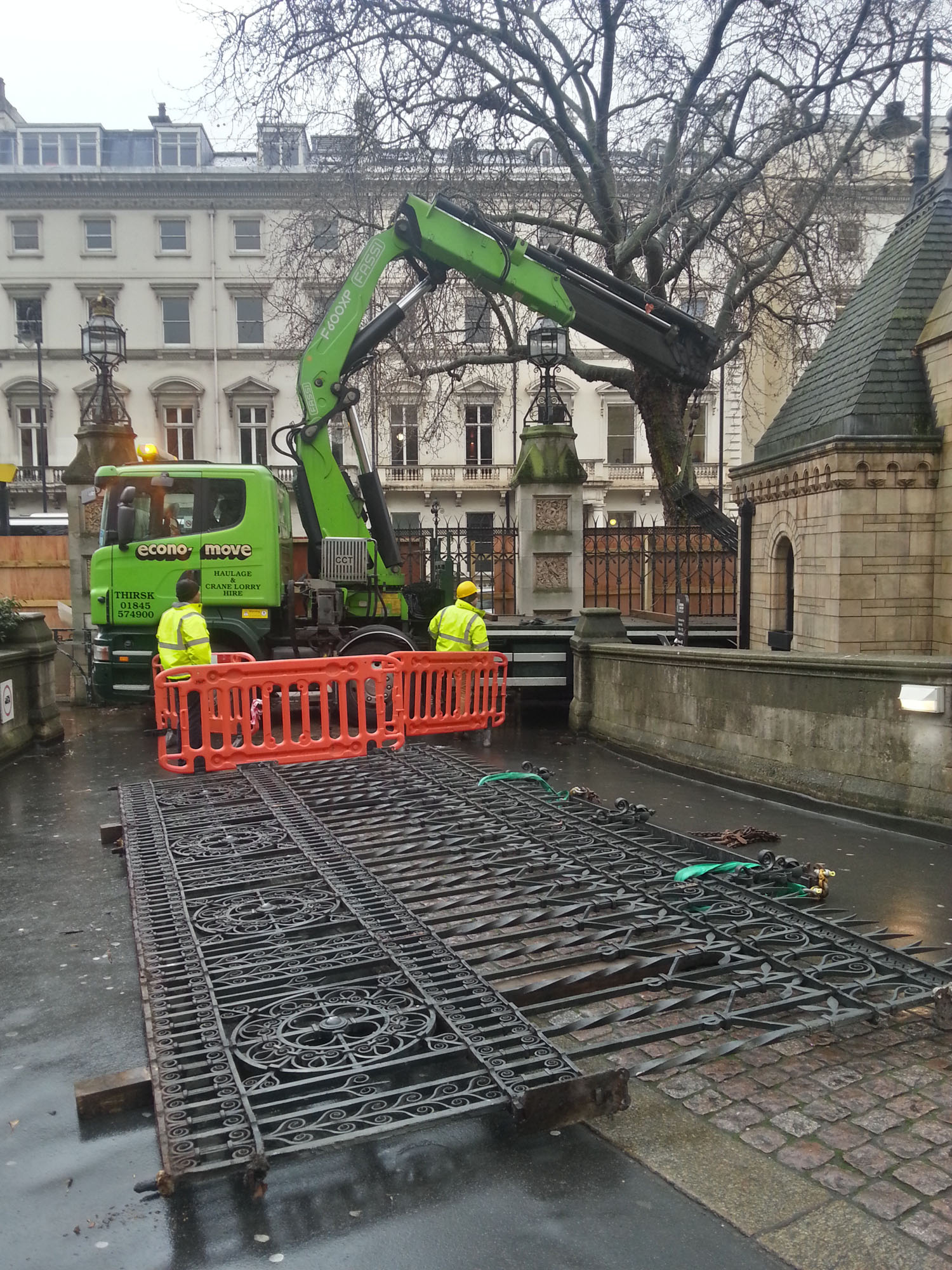
And scaffolding is also going up for the removal of display cases and various specimens:
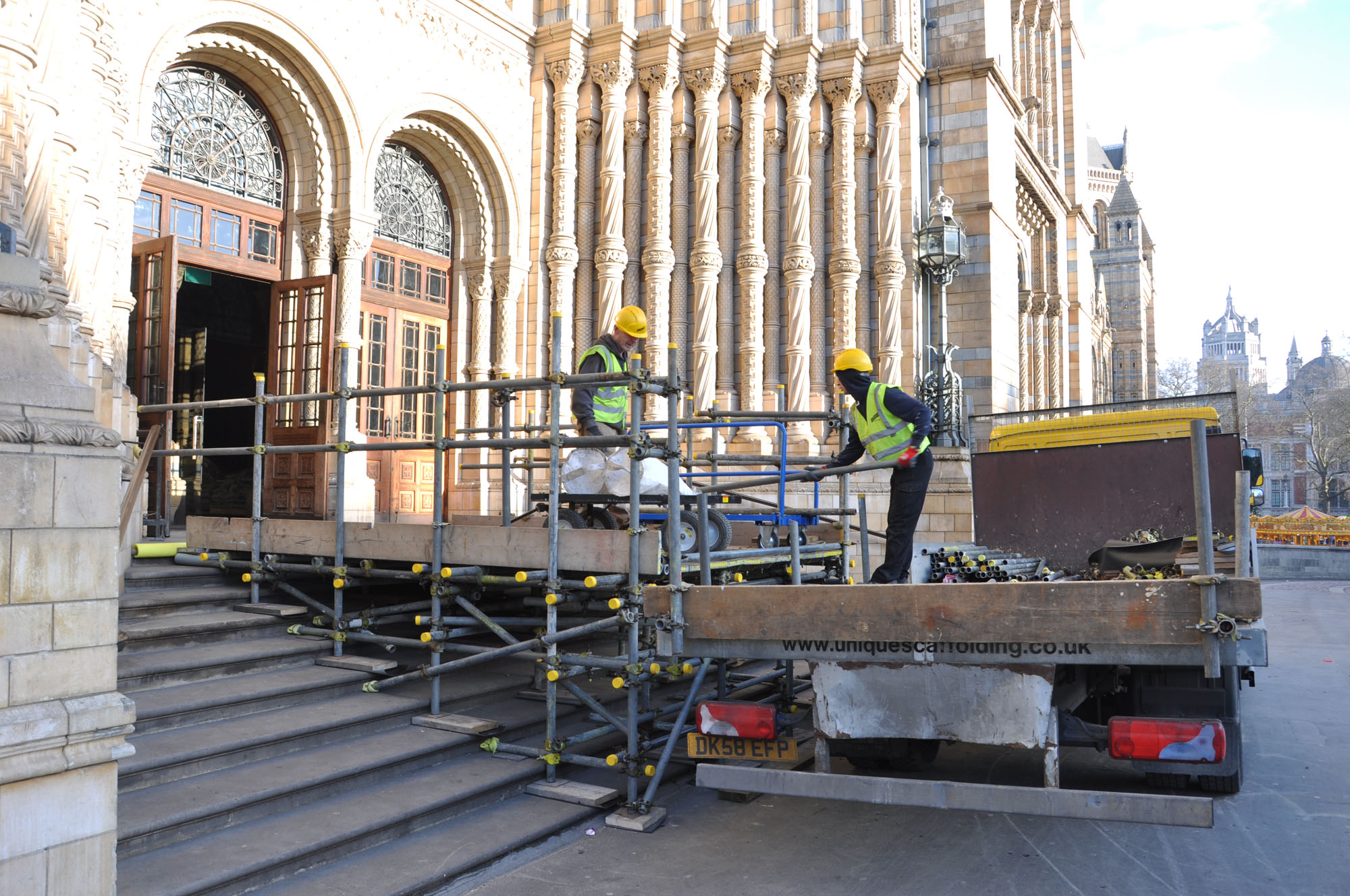
This will need to go up again halfway through construction of Phase 1 allow for delivery of the blue whale skull through our active site. Here it is just before it left the Museum.
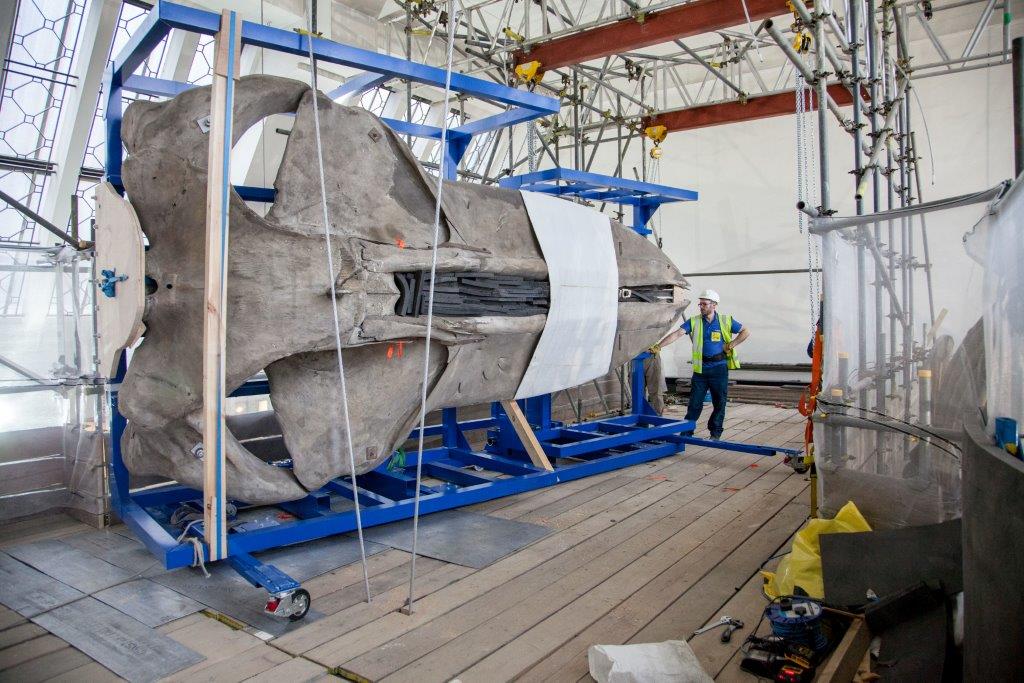
If you’re wondering how that that will fit through the front doors, the answer’s simple: the same way the elephants do.
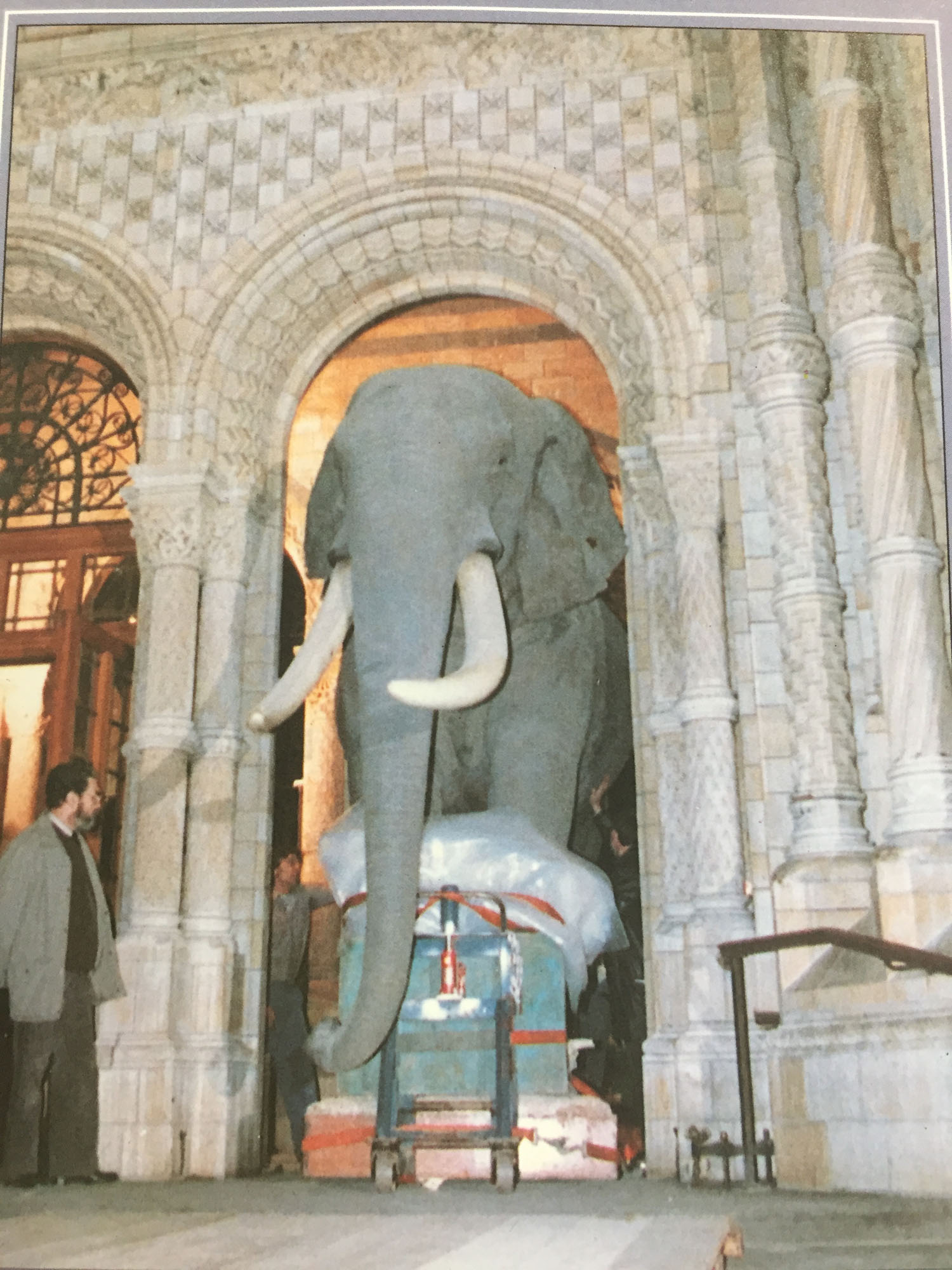
Phase 1 is due to complete mid-July ahead of the main entrance reopening to the public shortly after. In the meantime, there’s a pop-up conservation studio in the Darwin Centre – which we highly recommend – where you can see the conservationists at work restoring the whale’s bones.






